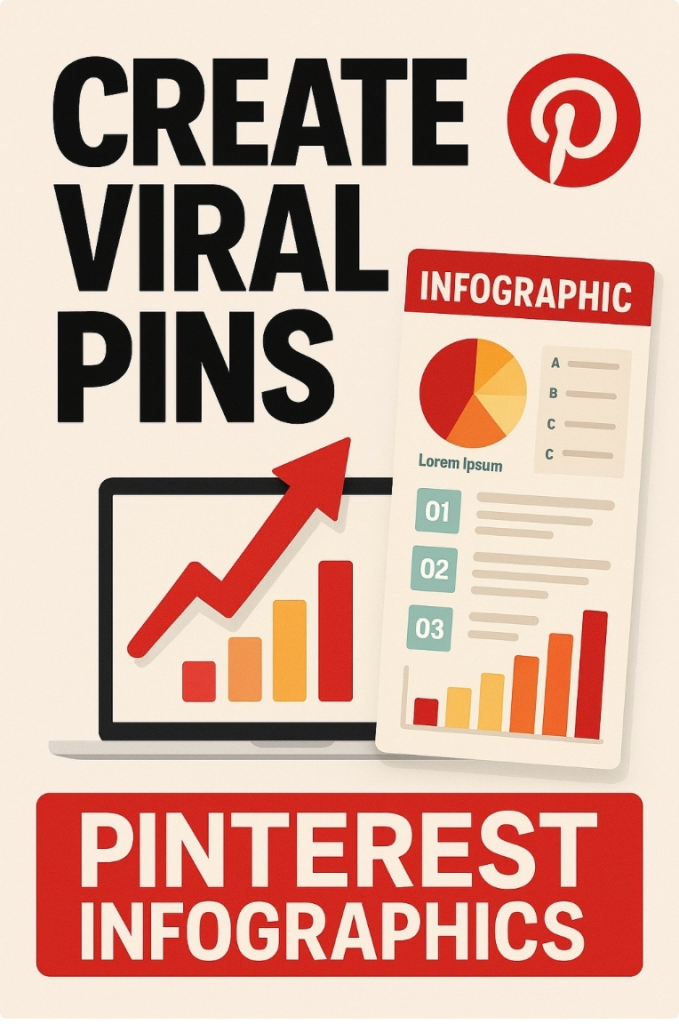Infographics have always been a powerful way to grab attention, simplify complex ideas, and drive shares on social media. But with AI tools like Ideogram, creating polished, eye-catching graphics has never been easier—or faster. Whether you’re a blogger, content creator, or small business owner, you can use Ideogram to design viral-worthy infographics that stand out in crowded feeds.
Below, I’ll break down exactly how to do it step by step.
Why Infographics Go Viral
Before diving into the how-to, it helps to understand why infographics perform so well online:
- Visual storytelling – People process images 60,000 times faster than text.
- Easy to share – One compelling image can travel across Pinterest, Instagram, LinkedIn, and even email newsletters.
- Authority builder – A well-designed infographic positions you as an expert without writing a 3,000-word essay.
Combine these benefits with AI design tools, and you’ve got a recipe for repeatable, viral content.
Step 1: Pick a High-Demand Topic
The first ingredient of a viral infographic isn’t the design—it’s the idea. Choose topics that people are already searching for and sharing.
Examples:
- Health & Wellness → “10 Cortisol-Lowering Drinks You Can Make at Home”
- Blogging & Business → “12 ChatGPT Prompts to Turn Your Blog Into a Business”
- Home & Lifestyle → “The Pros & Cons of Living in [Your City]”
Pro tip: Use tools like Google Trends, Pinterest Trends, or AnswerThePublic to see what your audience is curious about right now.
Step 2: Outline Your Infographic Content
AI can’t do the thinking for you—you still need a clear structure. A strong infographic has:
- A bold headline (what the reader will gain)
- Sections or categories (lists, steps, pros/cons, comparisons)
- Simple visuals or icons (to reinforce the message)
- A call-to-action footer (like your handle, website, or tagline)
Write this out in a quick draft before moving to Ideogram.
Step 3: Craft Your Ideogram Prompt
Here’s where the magic happens. Ideogram works best when you give it specific, visual instructions.
Example prompt:
“Create a vertical Pinterest infographic (1000×1500) titled ‘10 High-Protein Breakfasts.’ Use a modern clean style with soft neutral tones (cream, sage, light brown). Layout: Title at top, 10 numbered boxes with icons of food items. Footer: ‘Follow @UpgradedHealth for more tips.’ Add subtle background accents.”
Notice how the prompt includes:
- Format/dimensions
- Headline/title
- Colors and aesthetic
- Layout structure
- Icons/visuals
- Footer/branding
The more details you provide, the more professional the output.

Step 4: Refine and Edit
AI isn’t perfect on the first try. You may need to:
- Generate multiple versions and pick the best one.
- Edit text overlays (sometimes AI misspells).
- Crop or resize for different platforms (Pinterest vertical vs. Instagram square).
Don’t be afraid to tweak—small improvements can make a design feel “viral ready.”
Step 5: Publish Strategically
An amazing infographic is only as good as its distribution. Here’s where to share it:
- Pinterest → Best for long-term traffic growth.
- Instagram Reels/Carousels → Great for quick engagement.
- LinkedIn → Perfect for authority-building and B2B content.
- Email newsletters → Adds a visual punch to your campaigns.
Pair your infographic with keyword-rich descriptions (SEO on Pinterest matters!) and strong calls to save or share.
Step 6: Track and Repurpose
Check which infographics perform best. Use analytics from Pinterest, Instagram, or your blog to see what resonates.
Then repurpose top performers into:
- Blog post visuals
- YouTube video slides
- Short-form video scripts
- Lead magnet pages
One viral infographic can fuel a month’s worth of content.
Three Example Ideogram Prompts
Health & Wellness
Prompt:
Create a vertical Pinterest infographic (1000×1500) titled “10 Cortisol-Lowering Drinks That Help You Lose Weight.” Use a clean, calming aesthetic with soft green, beige, and white tones. Layout: Title at top, 10 numbered boxes with icons of drinks (tea, smoothie, lemon water, etc.). Each box should have space for short text. Add subtle wellness-themed accents like leaves or water drops. Footer: “Follow @UpgradedHealth for more wellness tips.”
Blogging & Business
Prompt:
Design a vertical Pinterest infographic (1000×1500) titled “12 ChatGPT Prompts to Turn Your Blog Into a Business.” Use bold entrepreneurial style with deep teal, burnt orange, and cream colors. Layout: Title at top, 12 boxed sections split into two categories: “Content Growth” (top 6) and “Monetization” (bottom 6). Include icons like briefcase, dollar sign, graph, and laptop. Background: light with subtle gradient. Footer: “BloggingWithFunnels.com | @NickGarcia.”
Home & Lifestyle
Prompt:
Create a vertical Pinterest infographic (1000×1500) titled “The Pros & Cons of Living in Dripping Springs, Texas.” Use a modern, minimal Texas Hill Country vibe with warm beige, sage green, and dusty blue accents. Layout: Two side-by-side columns with “Pros” on the left and “Cons” on the right. Use icons like sun, family, hiking trail, and wine glass for pros; traffic cone, dollar sign, and distance marker for cons. Background: soft abstract shapes or watercolor brush accents. Footer: “Nick Garcia, REALTOR® | @UpgradedRemodeling.”
Final Thoughts
Creating viral infographics used to take hours in Photoshop. Now, with Ideogram and a clear strategy, you can generate high-quality designs in minutes. The key is pairing smart topic selection with detailed prompts and strategic distribution.
If you stick with it, you’ll not only drive traffic but also build a recognizable visual brand that people trust—and share.



